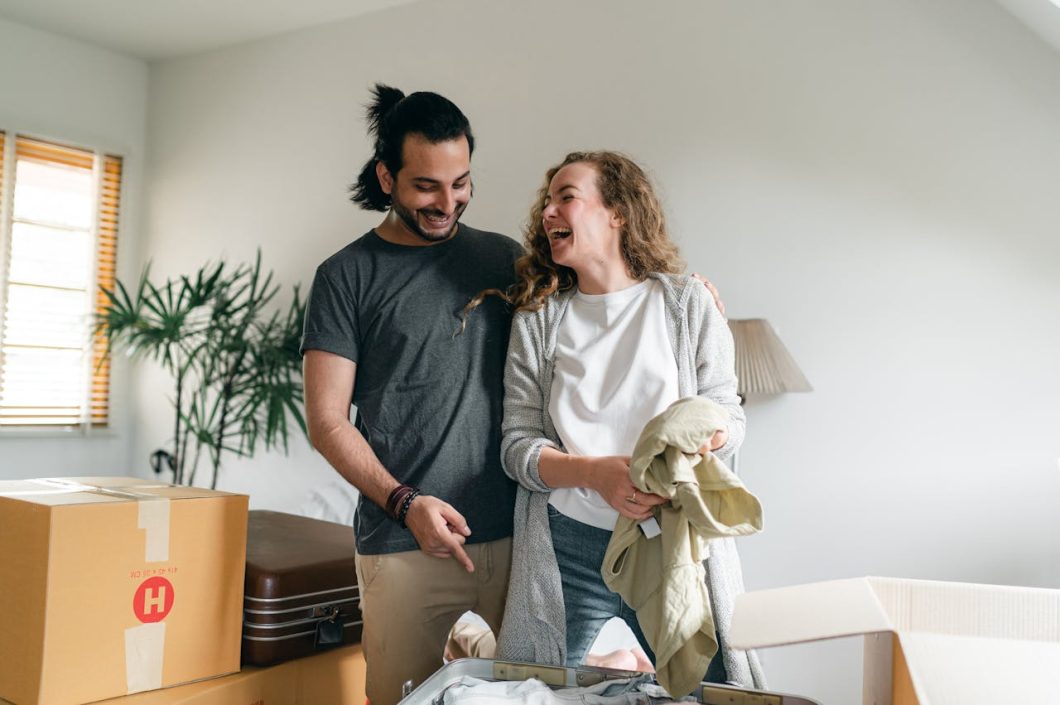The tiny house movement is continuing to grow. More people are considering how moving to smaller properties with simpler designs can have a positive effect on their lives. In fact, one forecast reported that by 2028, the market for tiny houses will rise from $711.03 to $1,139.42 million.
This is more than just beneficial for people who want small homes. This growth can provide opportunities for entrepreneurs in the tiny home sector and potentially put less negative pressure on our planet. But what exactly is driving this growth? Let’s look at some of the contributing factors.
Downsizing for Simplicity
One of the drivers of tiny home living is that many people are looking for a simpler way of life. Downsizing is often considered a good solution to achieving this simplicity. Retired people who no longer need the space for their children can reduce their expenses and cleaning routines. Millennials who are increasingly living alone can also enjoy a comfortable compact space without overburdening themselves with maintenance.
Among the key considerations if you’re planning on using a tiny home to downsize is access to amenities. Having a small property is convenient, but it doesn’t always have space for the little extras that support your lifestyle. For instance, home gyms, swimming pools, and even home offices are not common features.
Therefore, it’s wise to direct your downsizing research to find neighborhoods that give you good access to public versions of these amenities. This can actually help you build good connections with your new neighbors, as you’ll be out and about rather than spending long periods at home.
Another key gain from using a tiny house to downsize is that it also tends to mean a smaller and cheaper moving process. You’re able to store fewer items, so you can hire a smaller moving company or vehicle. One way to extend this benefit is to sell some of the items you can’t take with you, which can help offset your overall relocation costs. Indeed, if you can find a tiny home close to your current property, you won’t have to spend as much on gas, either. This helps to start your quest for a simpler way of life on a positive financial footing.
A Greener Way of Life
Another key influencer in property purchase choices at the moment is sustainability. It’s increasingly important to consumers that the homes they live in don’t have a negative effect on the environment. In fact, one recent study found that 46% of respondents said that such homes were important to their mental wellness. It should be no wonder, then, that the green potential of tiny homes is helping spark demand.
What makes tiny homes a priority for green property owners? Well, firstly there are fewer materials used in their construction. As a result, fewer harmful production processes are used and there’s less pressure being put on natural sources of raw materials. The smaller size of the home also tends to mean they use less energy in heating, lighting, and air conditioning. This means less use of fossil fuels.
This appetite for green tiny homes also offers some entrepreneurial opportunities for those in the construction industry. Certainly, companies who specialize in construction material supply can lean into offering sustainable products for tiny home developers to build with. Architects who focus on energy-efficient building design — such as maximizing natural light or creating geothermal heating — can also take advantage of the chance to find new ways to make tiny homes more sustainable from scratch.
A Lower-Cost Rung on the Housing Ladder
Finance is one of the biggest hurdles for those getting on the housing ladder today. This is particularly the case for Millennials and Gen Zers, where the majority want to own a home but typically can’t afford it. As a result, tiny homes have begun to emerge as a more cost-effective solution compared to traditionally sized properties.
Given that some tiny homes can cost as little as $8,000 to build, in many instances, owners don’t need to get a mortgage. In fact, the amount they spend on the entire tiny home is often not a whole lot more than the average downpayment on a regular property, which is $17,950. Not only does this mean buyers aren’t saddled with a huge mortgage debt, but they have solid access to a valuable asset that can appreciate over time. This is something so many people today didn’t think they’d be able to achieve.
Another cost consideration driving tiny home demand is that they tend to be cheaper to run. We mentioned previously that one of the sustainability benefits is lower use of energy resources. This also means that utility bills are lower. In some locations, tiny-house owners also don’t have to pay as high property taxes as those with traditional buildings. This leads to reduced expenses, which contributes to greater overall quality of life.
Conclusion
Various factors are influencing the growth of the tiny home movement. For some people, the potential for a simpler lifestyle is an important element, while for others the lower purchasing costs are a priority. It’s important, though, to approach tiny home living mindfully. Avoid rushing into buying simply because of the apparent immediate benefits. Take the time to carefully review how living in a small space suits your long-term needs and plans.
Image Source: Pexels
 When you’re ready here is a way you can feed more of your Tiny House obsession: Get the Tiny House Magazine delivered monthly right to your inbox for less than a collapsible mixing bowl.
When you’re ready here is a way you can feed more of your Tiny House obsession: Get the Tiny House Magazine delivered monthly right to your inbox for less than a collapsible mixing bowl.
